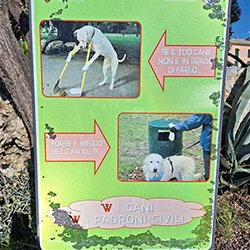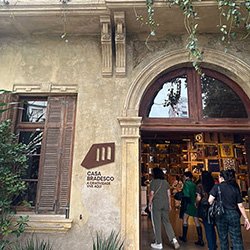It is predicted that by 2030 or slightly later, the welfare system will suffer a big crisis due to the fact that we have too few young workers and too many elderly in our country.
In Italy, the welfare system underwent significant development after World War II, largely thanks to the 1948 constitution, which introduced principles of social solidarity and economic justice.
The Italian welfare system is based on a mix of public services and social assistance, including universal healthcare, public pensions, unemployment benefits, family allowances, public education, and social housing.
However, in recent decades, the Italian welfare system has faced significant challenges due to economic instability, demographic changes, and fiscal pressures. This has led to reforms and changes to the system, aimed at ensuring the financial sustainability and effectiveness of the social services offered.
But how does the Italian pension system really work?
The Italian pension system is often discussed among experts, as well as politicians. Understanding its operating dynamics is essential for both those new to economics and those simply curious about this crucial aspect of our country.
Let's start with a premise: pension systems were created with the aim of providing social security benefits to their participants. These benefits are a public expense for the community, covered by taxation on the contributing citizen. The pension model also regulates the functioning of social security for certain categories of citizens. Each country adopts its own pension system, and there are different types.
The Italian pension system is divided mainly into three pillars: public pensions, collective supplementary pensions, and private pensions.
Public pensions are the first pillar and membership is mandatory. It is managed by the National Institute of Social Security (INPS) for employees (both public and private sector), self-employed workers and freelancers as well.
The system is pay-as-you-go: the worker pays contributions and acquires the right to a pension at the age of 67 years old (but it varies depending on the updates of the laws, gender, type of work and other variables).
Supplementary pensions and private pensions are the second and third pillars. Supplementary pensions were established in Italy by law with a legislative decree which created a system of pension funds and private collective and individual insurance. These two pillars are voluntary and do not replace mandatory social security. Their purpose is to provide additional social security benefits to the public pension. The system is funded by workers who pay into an additional pension fund, which in turn invests in financial markets in search of returns. Upon reaching retirement age, a supplementary pension is paid.

Another important part of Italian welfare is the existence of redundancy pay but what is redundancy pay?
It is a measure that allows workers to receive a portion of their salary when the company, due to temporary difficulties, reduces or suspends work.
There is ordinary redundancy used for short-term and transitory periods of crisis due to objectively unavoidable events and extraordinary redundancy pay used for longer periods than the ordinary redundancy pay, for events such as profound corporate crises or corporate reorganizations.
During such temporary time (time may vary) the National Institute of Social Security pays 80% of the total salary that the worker would have been entitled to for the hours not worked.
Other welfare benefits we may have access to are pensions for disabled people who cannot work, maternity leave absences of up to 12 months as well as a variety of social benefits such as work leaves to take care of family members who are sick.






























































